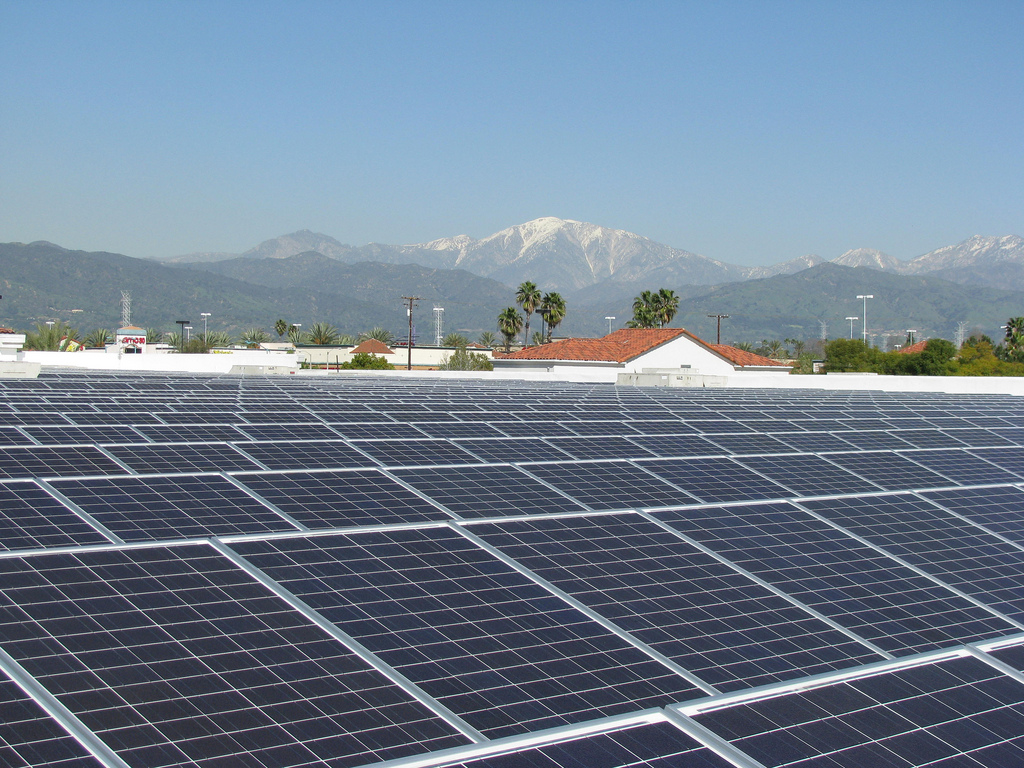California neglects geothermal opportunities by favoring solar power

Californian utilities and state regulators seem to favour solar energy over geothermal, allowing premium pricing for PPAs for solar power. At the same time uncertainties over federal tax credits for geothermal puts it at a clear disadvantage to solar power in California.
A recent article in Forbes magazine discusses why geothermal is feeling neglected in the state of California, despite its capability of providing power around the clock.
With the pressure of Renewable Portfolio Standards hanging over them, utilities and state regulators seem to favor solar energy, when evaluating and approving power purchase agreements. As wind, power supply from solar installations fluctuates greatly and makes very difficult to plan supply in meeting power demand in the transmission grid.
But geothermal faces the issue of requiring high up-front investment to develop a power plant, at the same time it takes considerably longer time to develop a geothermal power plant compared to solar installations.
At the recent National Geothermal Energy Summit of the U.S. Geothermal Energy Association (GEA), speakers like Paul Thomsen of Ormat Technologies, continue to highlight the fact that the “fantastic attributes of geothermal are not being recognized” and that there seems to be a wrong focus on intermittent power sources.
Today geothermal provides 4.5% of California’s electricity and the three largest utilities in California have met the 20% renewable share goal by 2011.
Today solar only provides only about 0.4%, so Forbes, but many more PPAs have been signed for solar than geothermal.
Incentive programs for installations of solar panels at homes and businesses has driven interest and installations. In 2011, only one of the three proposed geothermal power project won a bid under a new streamlining program for utilities to buy renewables. Eleven solar projects reached a deal under that program.
An issue also seems to be the licensing process in California, which makes developers avoid it by scaling their projects to be under 50 MW. So scalability is an issue under the current scheme in the state.
At the same time solar electricity is becoming cheaper, which reduces the price of electricity created by the sun. California’s state regulations further allows utilities to pay a premium price for solar as it can meet demand during air conditioning peak when the sun shines.
This premium “gives a strong preference to solar, and in a sense it penalizes geothermal”, so Karl Gawell of GEA. So despite geothermal maybe being cheaper, it would lose to solar due to prices assigned to power generated during certain hours of the day.
The uncertainty over a possible expiration of the federal tax credit at the end of 2013 doesn´t help developers, as they have to plan longer term and with no guarantee you can rely on certain tax credits 4-5 years down the road is counter-productive. The tax credit essentially provides a $0.02/ kWh production credit, which increases the profitability of a project and in turn increases investor interest.
Solar power projects have the same 30% investment tax credit, but it won´t expire until 2016.
So essentially the geothermal industry in California is asking for California regulators “to assign higher values to the steady supply of power they could generate, speed up the permitting process, and promote more transmission line construction to transport geothermal energy from more remote corners of the state to towns and cities.”, so the Forbes article.
At the end geothermal energy is the only renewable energy technology that would compliment other renewables as it provides power around the clock and therefore can play a crucial role in reaching renewable targets in California, while securing energy supply for the state.
Source: Forbes